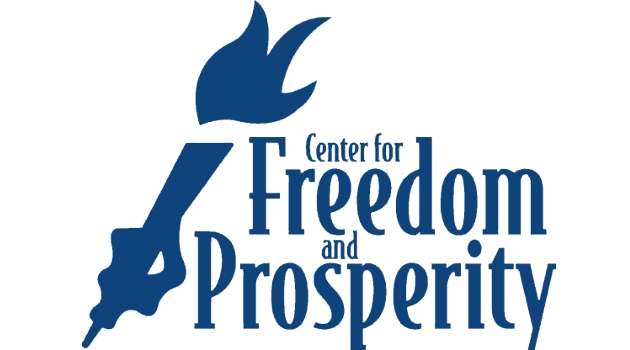Disaster Keynesianism is the moniker I’ve given to the belief that destruction from natural disaster promotes prosperity. It is the logical extension of standard Keynesianism, which holds that any government spending is a boost to growth, and the various voodoo “multipliers” they use to justify their faith. With Hurricane Irene now behind us, it’s no surprise to see the disaster Keynesians popping up in its wake to inform us of all the economy wonders the storm has provided.
One such example comes from Peter Morici, professor of Keynesian Voodoo at the Smith School of Business, University of Maryland. Prof. Morici claims that, “when government authorities facilitate rebuilding quickly and effectively, the process of economic renewal can leave communities better off than before.” In fairness, this may be true if taken as narrowly as possible. Morici points to the replacement of old and dated capital stock with newer facilities. This could very well happen. And because the communities do not typically bear the cost of rebuilding on their own, the individual community may well come out ahead in the end. But there’s no such thing as a free reconstruction. The rest of us who are forced to pay for this rebuilding will be made decidedly poorer by it.
The end result is a net negative on the economy as a whole. Useful resources have been destroyed, and yet more resources, which otherwise could have been used elsewhere, have been spent to replace them. The truth of this statement can be verified with a simple thought experiment. If disasters are indeed good for net economic growth, why wait for them to happen naturally? Perhaps Professor Morici will show that he’s willing to practice what he preaches and volunteer his own property for a bit of destructive economic renewal.

